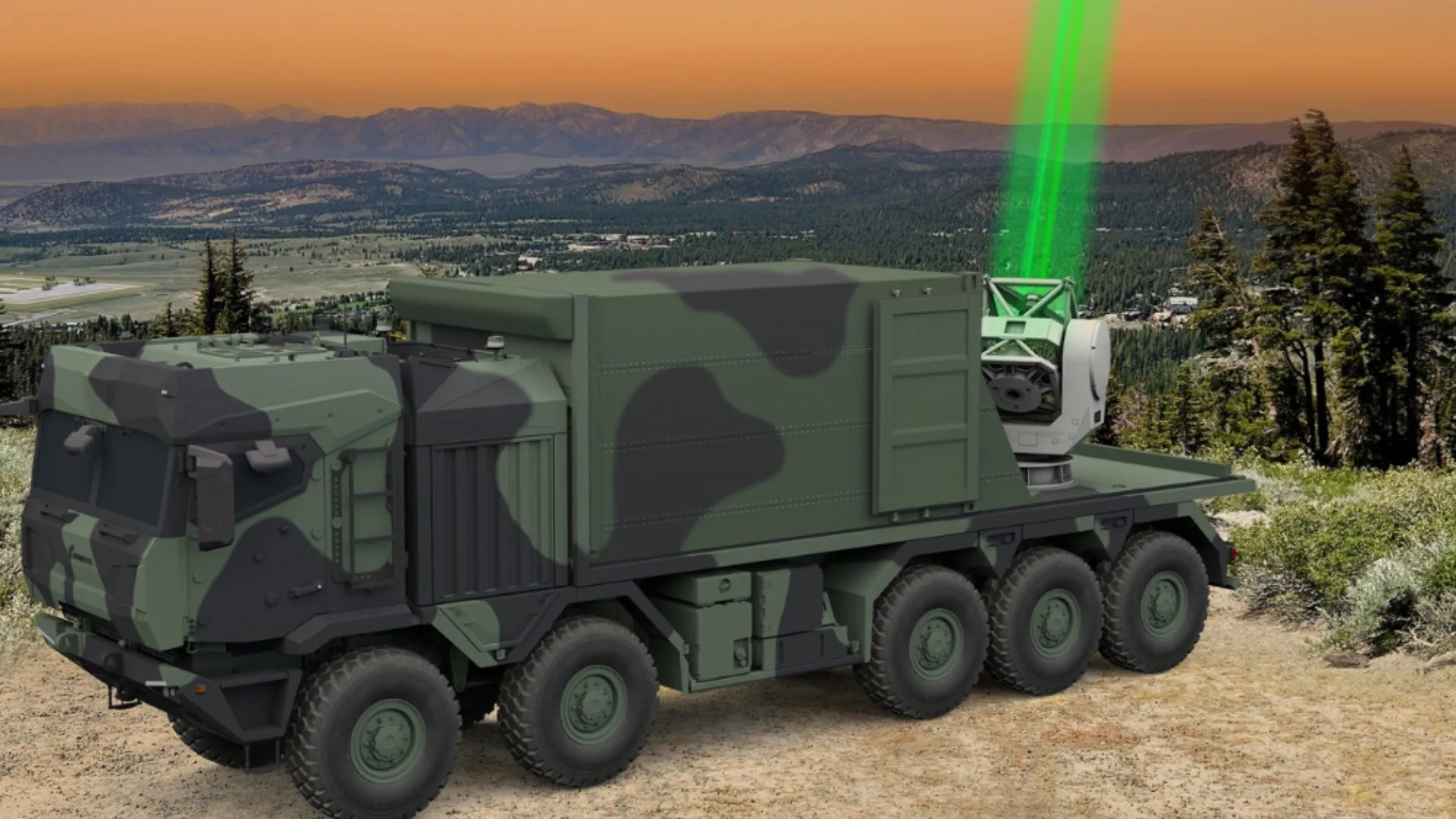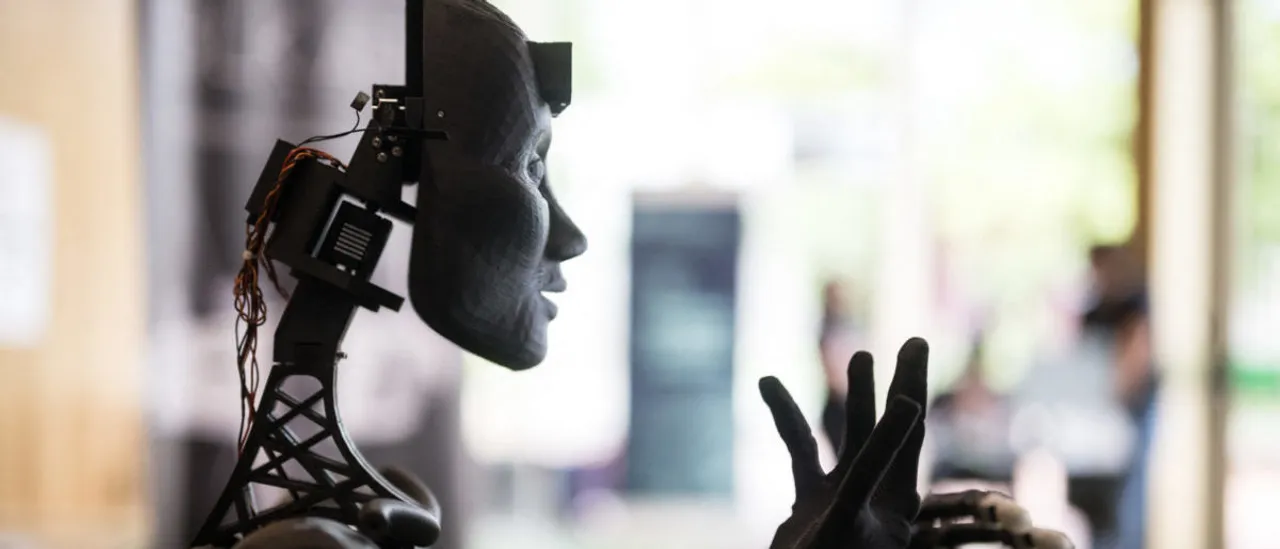
Australian firm Electro Optic Systems (EOS) has introduced its new Atlas Space Control capability at the International Astronautical Congress (IAC) 2025 in Sydney.
The system is part of EOS’ Atlas family of high-energy laser space control tools. It is designed to address the rising threats to satellites in an increasingly crowded and contested space environment.
Atlas is flexible and can be configured as fixed, mobile, or relocatable systems. This allows it to be deployed anywhere in the world to maintain freedom of action in orbit.
The system is scalable to meet different mission needs, from surveillance and deterrence to active space engagement.
Advanced detection and tracking
The Atlas system features world-class telescope and dome designs, enabling operators to detect, track, and study objects in space in real time. It provides comprehensive space domain awareness during both day and night, even for faint or difficult-to-detect satellites and debris.
The capability ensures that operators can monitor objects across a wide range of orbits. It is designed to support decision-making by giving detailed insights into the position, speed, and behavior of on-orbit objects.
This level of awareness is increasingly important as more nations and private companies launch satellites, making space a more complex operating environment.
— Electro Optic Systems (@aussie_eos) September 29, 2025
Scalable power for diverse missions
Atlas is built with adjustable power levels, allowing operators to scale effects depending on the mission. This can include passive deterrence or more direct space control measures.
The system is also integrated with broader space domain awareness networks and joint multi-domain operations, improving intelligence sharing and operational coordination.
“Space is now a contested domain, and the satellites that enable both defence and civilian life are increasingly at risk. Atlas has been designed to safeguard these assets by giving operators scalable, deployable options for deterrence and space control,” said Dr Andreas Schwer, CEO of EOS.
He added, “Atlas builds on EOS’ four decades of experience in space domain awareness and laser technology. It is a capability that combines proven expertise with operational flexibility, ensuring that allied forces have reliable options to maintain freedom of action in orbit.”
IAC 2025 highlights Australia’s space role
Atlas was officially unveiled at the EOS Space Systems stand (457) and will remain on display throughout the event. IAC 2025 in Sydney has drawn more than 7,300 delegates from 90 countries, including representatives from 40 international space agencies.
The conference has seen a significant increase in Australian participation, with more than 410 papers presented by local researchers. The event emphasizes the critical role space plays in everyday life and highlights opportunities for Australia to advance in space technology.
IAC 2025 is open to the public on Friday, October 3, with 7,200 visitors registered to explore the exhibition. Attendees will have the chance to meet 17 astronauts and participate in events at the Powerhouse Museum.
This is only the fifth time IAC has been held in the southern hemisphere and the third time in Australia in 76 years, underscoring the country’s growing influence in the global space sector.



